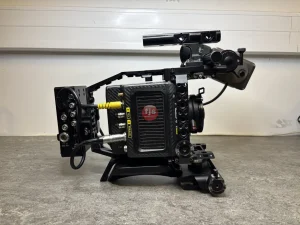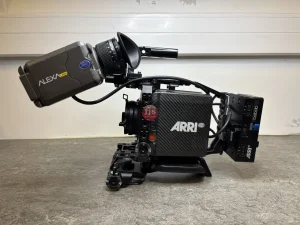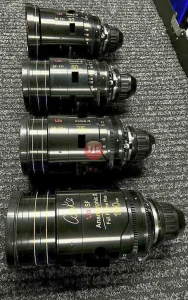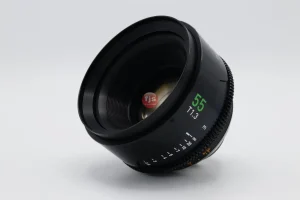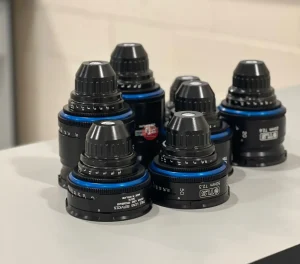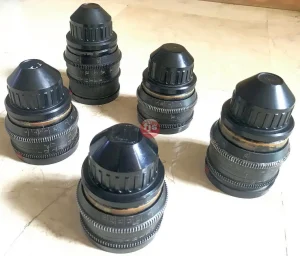Micro Four Thirds (MFT) cameras are popular for their compact size and excellent image quality. They excel in capturing stunning landscapes, and a wide-angle lens is a key tool for emphasizing the vastness of a scene. With a plethora of wide-angle MFT lenses available, choosing the right one can be a challenge. This guide will explore key features to consider and showcase some of the best wide-angle lenses to complement your MFT camera.
Key Features and Benefits:
- Focal Length: Measured in millimeters (mm), focal length determines the field of view (how much of the scene is captured). Wider focal lengths (typically below 25mm on an MFT sensor) encompass a larger area, perfect for expansive landscapes.
- Aperture: Represented as f-stops (e.g., f/2.8, f/4), aperture controls the amount of light reaching the sensor. Wider apertures (lower f-numbers) allow for faster shutter speeds and beautiful bokeh (background blur) but tend to be pricier and bulkier.
- Image Stabilization (IS): Especially beneficial in low-light situations or for slower shutter speeds often used in landscape photography, IS counteracts camera shake, resulting in sharper images. Many MFT bodies have built-in image stabilization, so lens-based IS may not be crucial.
- Size and Weight: MFT cameras are known for being compact and lightweight, and choosing a lens that complements this portability is important for some photographers.
Top Wide-Angle Lens Picks for MFT Cameras:
- Olympus M.Zuiko Digital ED 7-14mm f/2.8 PRO:
- A top-of-the-line professional zoom lens offering a superb ultra-wide focal range, a very fast f/2.8 constant aperture for low-light and astrophotography, and weather sealing for challenging conditions.
- Panasonic Leica DG Vario-Summilux 10-25mm f/1.7 ASPH:
- A premium zoom lens boasting a bright f/1.7 constant aperture throughout the zoom range, exceptional image quality, and a relatively compact design.
- Olympus M.Zuiko Digital ED 8-25mm f/4.0 PRO:
- A versatile and affordable zoom lens with a good focal range for landscapes, a weather-sealed build, and a built-in image stabilizer, making it a great choice for outdoor photography.
- Sigma 10-20mm f/3.5 EX DC HSM:
- A budget-friendly zoom option from Sigma featuring a wide focal range, a decent f/3.5 aperture, and a compact and lightweight design.
- Panasonic Lumix G Leica DG Summilux 12mm f/1.4 ASPH:
- A standout prime lens ideal for low-light landscapes and astrophotography with its incredibly fast f/1.4 aperture and exceptional image quality, albeit at a premium price point.
Conclusion
The perfect wide-angle lens for your MFT camera hinges on your individual needs and budget. Consider the types of landscapes you shoot, whether you prioritize a super-wide zoom range, a fast aperture for low-light, or a compact and lightweight design. Remember, MFT’s small sensor size inherently provides a wider field of view compared to full-frame lenses. With the knowledge above, you can confidently choose the perfect wide-angle lens to unlock the full potential of your MFT camera and capture breathtaking landscapes.
Frequently Asked Questions (FAQs):
- Q: Do I need a lens with built-in image stabilization for my MFT camera? A: Many MFT bodies have in-body image stabilization (IBIS) which can be very effective. Lens-based IS can be beneficial in some situations, but it’s not always essential.
- Q: Are zoom lenses or prime lenses better for landscapes? A: Zoom lenses offer versatility, allowing you to adjust focal length for different compositions.Primes can be sharper, lighter, and more affordable, but lock you into a single focal length.
- Q: How important is weather sealing for a wide-angle lens? A: Weather sealing protects your lens from dust, moisture, and light rain or snow. If you frequently shoot outdoors in challenging conditions, weather sealing can be very valuable. Otherwise, it may not be a priority.


